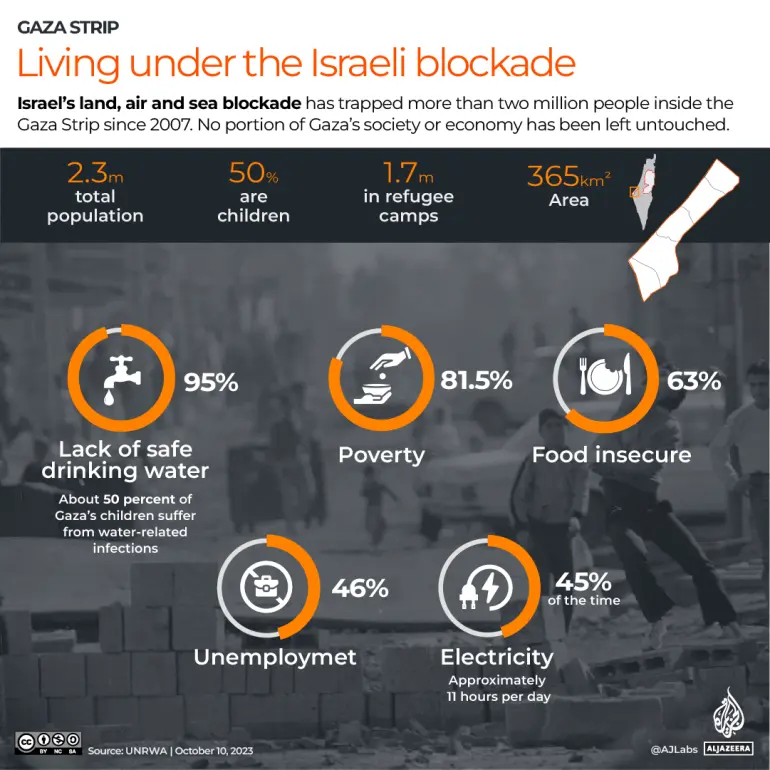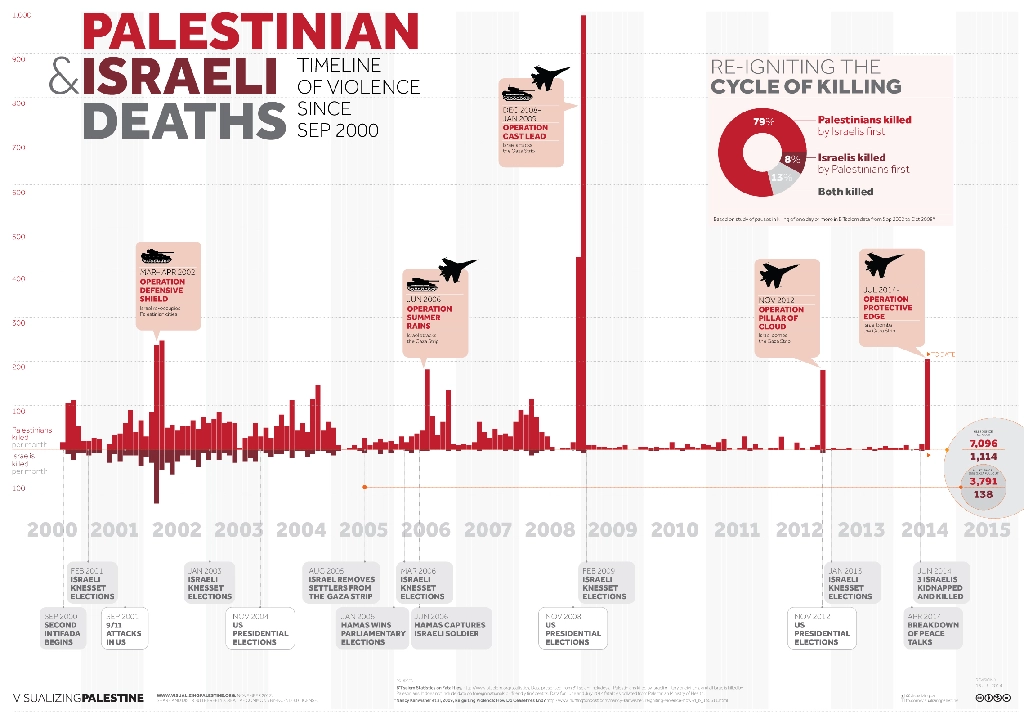Biden calls for 'immediate ceasefire' in Gaza
Biden calls for 'immediate ceasefire' in Gaza

The US President made the remarks during a meeting Italy's Prime Minister.

The US will begin air dropping food aid to the people of Gaza, President Joe Biden announced on Friday, as the humanitarian crisis deepens and Israel continues to resist opening additional land crossings to allow more assistance into the war-torn strip.
Speaking in the Oval Office, Biden said the US would be "pulling out every stop" to get additional aid into Gaza, which has been under heavy bombardment by Israel since the October 7 Hamas terror attacks.
"Aid flowing to Gaza is nowhere nearly enough," the US President said, noting "hundreds of trucks" should be entering the enclave.
Biden said the US is "going to insist that Israel facilitate more trucks and more routes to get more and more people the help they need, no excuses".
He also noted the efforts to broker a deal to free the hostages and secure an "immediate ceasefire" that would allow additional aid in.

